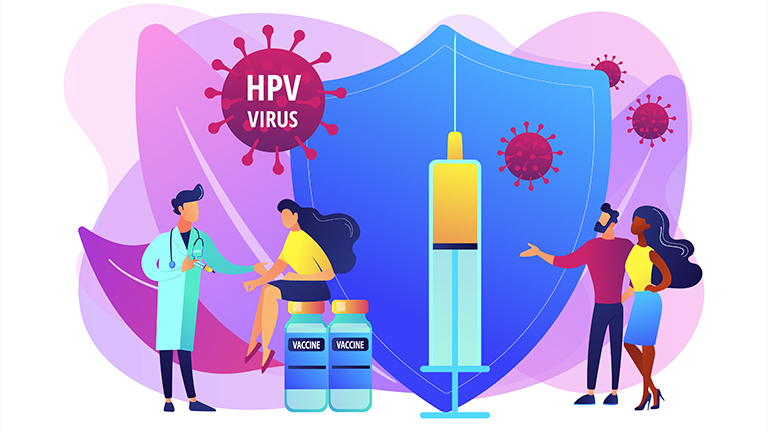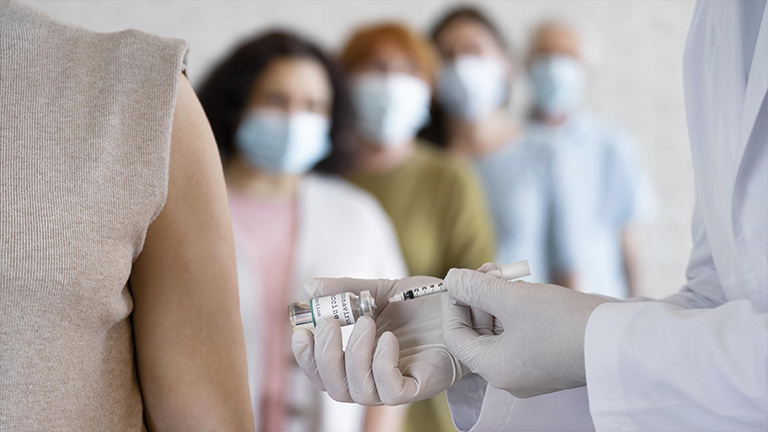HPV (Human Papillomavirus) is one of the most common sexually transmitted infections (STIs) affecting women worldwide. It is a group of more than 200 related viruses, some of which are considered low-risk HPV (causing warts) and others high-risk HPV strains (linked to cervical cancer, anal cancer, and other cancers). In most cases, HPV infections go away on their own, but persistent infection with high-risk types can lead to serious health complications.
How is HPV (Human Papillomavirus) Transmitted in Females?
The main way women contract HPV is through skin-to-skin sexual contact, including vaginal, anal, or oral sex with someone who has the virus. Even if the infected partner does not have visible symptoms, HPV (Human Papillomavirus) can still spread. Non-sexual transmission, though less common, may occur through contaminated objects or close skin contact.
Major Causes and Risk Factors of HPV Infection
Sexual activity and unprotected intercourse
Unprotected sexual intercourse is the leading cause of HPV infection in women. Condoms reduce but do not completely eliminate the risk because HPV can infect areas not covered by protection.
Multiple sexual partners
Having multiple sexual partners or a partner who has had many partners significantly increases the chances of HPV exposure.
Weak immune system
Women with compromised immunity, such as those living with HIV or undergoing long-term immunosuppressive therapy, are at higher risk of persistent HPV infection.
Smoking and lifestyle factors
Smoking weakens the immune system and has been strongly linked to HPV and cervical cancer risk. Poor diet, excessive alcohol consumption, and chronic stress can also reduce the body’s ability to fight off infections.
Early sexual activity
Becoming sexually active at an early age increases lifetime exposure to HPV and raises the risk of persistent infection.
Types of HPV and Their Impact on Women’s Health
Low-risk vs high-risk HPV
- Low-risk HPV strains (such as HPV-6 and HPV-11) cause genital warts but are not usually cancer-causing.
- High-risk HPV strains (like HPV-16 and HPV-18) are responsible for the majority of cervical cancer cases and are also linked to vaginal, vulvar, anal, and throat cancers.
HPV and cervical cancer link
Persistent infection with high-risk HPV strains can cause abnormal cell changes in the cervix. If not detected and treated early, these changes may develop into cervical cancer. This is why regular Pap smear tests and HPV DNA testing are critical for women’s health.
Symptoms of HPV Infection in Females
Most women with HPV do not experience symptoms. When symptoms do occur, they may include:
- Genital warts (small growths or bumps in the genital area)
- Abnormal Pap smear results
- Precancerous changes in cervical cells (detected through screening)
Because HPV is often silent, regular screening is essential for early detection.
Complications of Untreated HPV
If left untreated, HPV can cause:
- Cervical cancer
- Vaginal and vulvar cancer
- Anal cancer
- Oropharyngeal (throat) cancer
- Complications during pregnancy if genital warts are present
How HPV is Diagnosed in Women
Pap smear test
A Pap smear checks cervical cells for abnormal changes caused by HPV. It is a routine screening method recommended for women starting from their early 20s.
HPV DNA test
This test detects the genetic material of high-risk HPV strains and is often used alongside or after abnormal Pap smear results.
Prevention of HPV in Females
HPV vaccine benefits
The HPV vaccine for women is one of the most effective ways to prevent infection from high-risk and low-risk strains. It is recommended for young girls and women up to age 45 in some countries, including the USA, UK, and Canada.
Safe sex practices
Using condoms and dental dams, limiting the number of sexual partners, and maintaining a mutually monogamous relationship can lower the risk of HPV transmission.
Boosting immunity
A strong immune system helps fight off HPV infections naturally. Healthy lifestyle practices such as eating nutrient-rich foods, exercising regularly, quitting smoking, and reducing alcohol intake support the body’s defense against HPV.
Treatment and Management Options for HPV
There is no cure for the virus itself, but the conditions it causes can be treated. Options include:
- Cryotherapy, laser therapy, or surgical removal for genital warts
- Colposcopy and treatment of precancerous lesions for abnormal cervical cells
- Regular monitoring for women diagnosed with high-risk HPV
FAQs on HPV Causes and Prevention
- Can a woman get HPV without having sex?
Yes, though rare, HPV can spread through close skin contact or sharing contaminated objects. - Can HPV go away on its own?
In most cases, the immune system clears HPV naturally within two years. - Does HPV always lead to cervical cancer?
No, only persistent infection with high-risk strains may cause cancer if untreated. - Can the HPV vaccine help if I already have HPV?
The vaccine does not treat existing infection but can protect against other strains you have not been exposed to. - How often should women get screened for HPV?
Women aged 21–29 should get a Pap smear every three years, while women aged 30–65 can get co-testing (Pap + HPV test) every five years.


